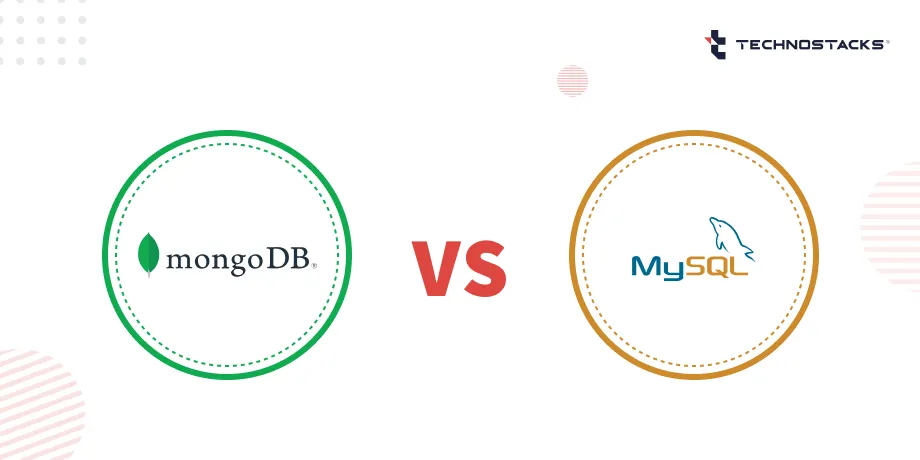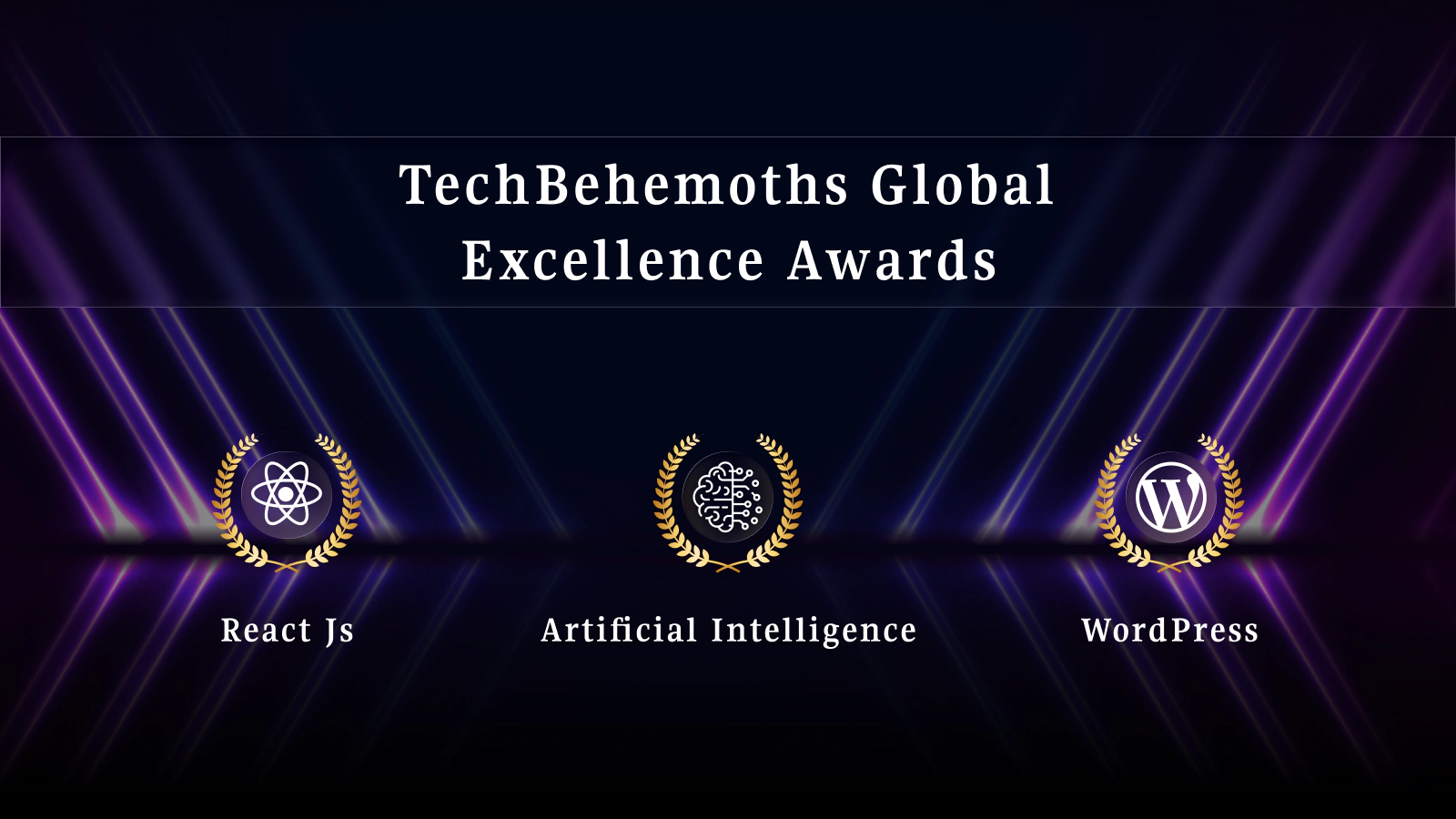What Are The Differences Between MongoDB and MySQL?
Imagine selecting a DBMS that aligns with the technical objectives and goals of your organization. It is quite impressive, right? However, relational databases held the lead for sufficient time. Selections were quite apparent: MySQL or MongoDB, to talk about a few. Though times have altered pretty much with the demand for more multiplicity and scalability, haven’t they?
There are substitutes in the marketplaces to select from, though I don’t want you to get puzzled again. So how about a comparison amid two dominant solutions that are close in recognition?
MongoDB vs. MySQL: which is better?
Let’s have a swift comparison of MongoDB and MySQL.
Key Relationships in MongoDB and MySQL
MongoDB doesn’t back and support JOIN operations. Also, it has no equivalent. On the other side, it backs multi-dimensional data types like arrays.
One of the excellent parts of MySQL is the in-hand JOIN operations. JOIN turns the relational database actually relational. It enables the user to link data right from tables in a solitary query with the assistance of a single SELECT command.
For instance, we can straightforwardly get hold of related data in numerous tables utilizing a single SQL statement. This scenario should facilitate you with an account number, name, and the relevant branch.
MongoDB vs. MySQL: Performance 2020 and Speed
One single major advantage MongoDB has over MySQL is its capability to manage big unstructured data sets. It is speedier as it facilitates users to query in a diverse style that is more sensitive to the overall workload.
Developers report that MySQL is comparatively slower to MongoDB when it comes to handling big-sized databases. It is not able to adjust with bigger and large sets of unstructured data.
There is no benchmark, and only your requirements, your data capacity, and infrastructure needs can tell you what database you need. However, it is quite clearly observed by diverse professionals that MongoDB takes way lesser time in comparison to MySQL for a similar set of commands.
MongoDB vs. MySQL: Security Model
MongoDB utilizes a role-based access control with a supple place and set of privileges. Its security functions comprise authentication, auditing, as well as authorization.
Moreover, it is also likely to utilize Transport Layer Security (TLS) and Secure Sockets Layer (SSL) for encryption objectives. This scenario makes sure that it is only available and readable by the proposed client.
MySQL utilizes a privilege security model. It clearly authenticates a user and enables it with user privileges on a specific database, which includes CREATE, INSERT, SELECT, UPDATE, and other commands. However, it meets with failures while explaining why a particular user is denied precise access. On the transport layer, it utilizes encrypted connections amid clients and the respected server utilizing SSL.
When to Use MongoDB or MySQL?
| MySQL | MongoDB |
|---|---|
| Lower Maintenance Levels | High Availability Levels |
| If you have just started up your technology business and need not scale much, MySQL can assist with simple set-up with lower maintenance. | When you require high availability of data with automated, quick, and instantaneous data recovery. |
| Limited Budget Capacity | Built-in Sharding |
| Need higher performance levels with lesser budget capacities. | In the coming time, if you are going to mature and grow big, MongoDB has built-in sharding solution. |
| Fixed Schema | Unstable Schema |
| Have a fixed schema and data structure will be continued for a longer time, such as Wikipedia. | If you have an unstable schema and want to trim down your schema migration costs. |
| High Transaction | No Database Administrator |
| If you need higher transaction rates such as the BBC. | If you don’t have a DBA, however, you have to hire one going big. |
| Data Security | Cloud Computing |
| It is the best fit if data security is your topmost priority. | If your major services are in the cloud, MongoDB is the best fit. |
Which Organizations Use These Databases?
-
- MongoDB
MongoDB was released in 2009 and is utilized by many leading organizations. The list comprises Twitter, Klout, Citrix, Zendesk, T-Mobile, Hootsuite, Sony, MuleSoft, SurveyMonkey, InVision, and Foursquare.
-
- MySQL
MySQL has grown and matured since the year 1995. Some of the large-size organizations that use MySQL comprise YouTube, Pinterest, Netflix, Spotify, US Navy, PayPal, NASA, as well as Walmart.
Comparing Database Structures to know which is good database software? MongoDB or MySQL?
-
- MySQL
MySQL stores its data right in tables and utilizes SQL to access the data. MySQL uses schemas to classify the database structure, needing that all of the rows in a table have the identical structure with values presented by a precise data type.
-
- MongoDB
MongoDB stores its data in JSON-like documents that can have diverse structures. To get better on query speed, it can store linked data jointly, which is accessed utilizing the in-hand MongoDB query language. As we mentioned above, MongoDB is schema-free, facilitating you to build documents without having to specify the structure of the document in the first place. These documents can be simply altered by adding or deleting accessible fields.
In MongoDB, documents have their own unique structure with the addition of new fields at any time and contain any value. With the MongoDB data model, you can display hierarchical relationships, data arrays, and other multifaceted structures in the database. In some use cases, MongoDB performance is enhanced over MySQL as MongoDB does not utilize joins to connect data sets, getting better on performance.
Are Indexes Required?
Both MySQL and MongoDB use indexes to enable them to search for data swiftly.
-
- MySQL
If an index is not specified, the database engine must scan the complete table to search all applicable rows.
-
- MongoDB
If an index is not easily found, every document within a compilation is scanned to pick the documents that offer a match to the given query statement.
How are their Queries Dissimilar?
Selecting and Picking records right from the customer table:
MySQL:
SELECT *
FROM customer
MongoDB:
db.customer.find()
Inserting records right into the accessible customer table:
MySQL:
INSERT INTO customer (cust_id, branch, status)
VALUES (‘appl01’, ‘main’, ‘A’)
MongoDB:
db.customer.insert({
cust_id: ‘appl01’,
branch: ‘main’,
status: ‘A’
})
Having updations of records right in the customer table:
MySQL:
UPDATE customer
SET branch = ‘main’
WHERE custage > 2
MongoDB:
db.customer.update({
custage: { $gt: 2 }
},
{
$set: { branch:’main’ }
},
{
multi: true
})
Deployment of these Databases
-
- MySQL
It is precisely written in C and C++ and has binaries for the systems: OS X, Microsoft Windows, BSDi, Linux, AIX, HP-UX, FreeBSD, IRIX, NetBSD, and many others.
-
- MongoDB
It is precisely written in C++, C, and JavaScript and possesses binaries for the systems: Solaris, Linux, OS X, as well as Windows.
There are connectors for both MySQL and MongoDB, offering a no-coding solution that does not need data set-up or changes. This scenario conveys one can easily consolidate data right from MySQL, MongoDB, cloud, and more into a solitary data management platform.
What Categories of Replication / Clustering is Accessible?
-
- MySQL
It backs master (slave replication) and master (master replication) according to MySQL 5.7.6 and later versions. Multi Source replication enables one to replicate right from numerous masters equivalently.
-
- MongoDB
It backs in-built replication, sharding, and auto-elections. With auto-elections, you can easily set up a secondary database to automatedly take over if the primary database meets with failures. Sharding facilitates horizontal scaling, which is tough to implement in MySQL.
MongoDB utilizes replica sets to generate numerous copies of the data. Every member of the replica set can have primary or secondary key roles at any time in the procedure. Reads and writes are executed on the primary replica by default and further replicated right to the secondary replicas.
Moving Forward
You need to select the DB software as per your project goals, business demands, and requirements. Technostacks has experience and proficiency in working with both MongoDB as well as MySQL databases. We offer robust database management services globally. Our teams have successfully developed software with multiple DB software. If you have any confusion, then it is better to connect with us or leave a comment below with your contact details.









